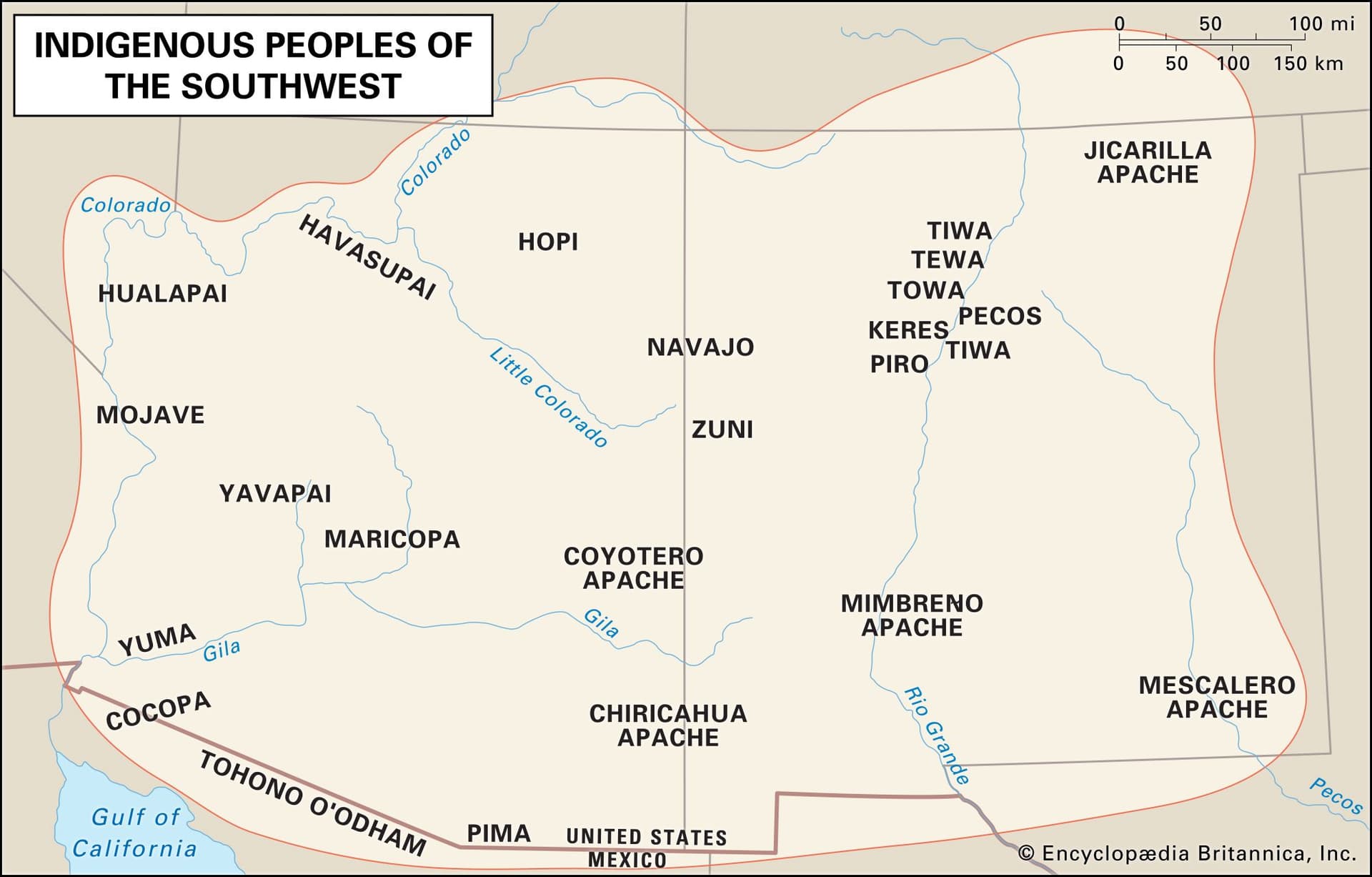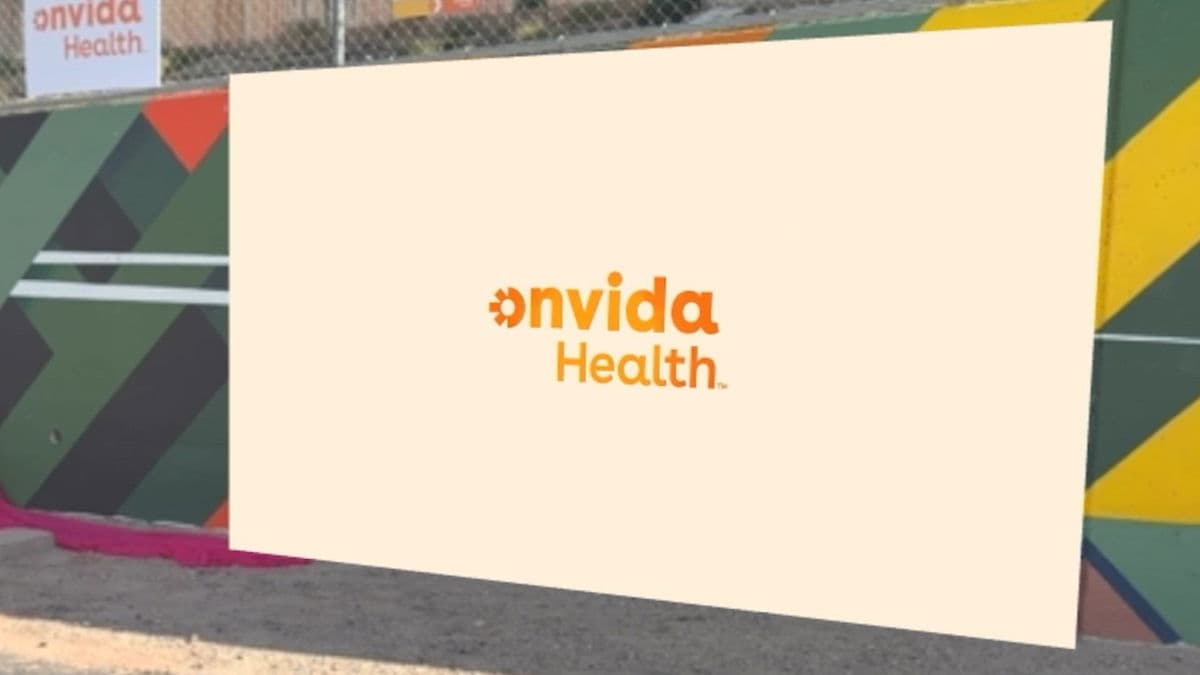Free Anza250 Lecture in Yuma Highlights Indigenous Geography and History
Local listings show the Anza Trail Foundation hosted a free Anza250 lecture in Yuma that examined Indigenous geography and the 1775 through 1776 Anza expedition, providing historical context for residents. The presentation underscores partnerships between cultural organizations and public institutions, and it offers opportunities for community engagement around heritage preservation and local programming.

The Anza Trail Foundation organized a free public lecture in Yuma that explored Indigenous geography and the 1775 through 1776 Anza expedition, local listings reported. The presentation, titled Following Their Footsteps, was delivered by Dr. Aaron Wright of Archaeology Southwest at the Foothills Library beginning at 10 a.m. The event was listed on Nov. 10 by KYMA and appears as part of the statewide Anza250 lecture series.
The lecture brought academic research into a public setting through a partnership between a regional nonprofit and a community library. By centering Indigenous approaches to landscape and movement in the story of the Anza expedition, the program aimed to broaden public understanding of the expedition beyond conventional narratives. For Yuma residents the event offered direct access to scholarly perspectives that can inform how local history is interpreted in museums, classrooms, and visitor sites.
Institutionally the event highlights the role that libraries play as civic conveners for cultural programming. The Foothills Library hosted the presentation free of charge, demonstrating how public infrastructure can serve as a platform for nonprofit and academic outreach. Such collaborations also raise questions for county and municipal leaders about sustained support for public history programs, interpretive signage and trail stewardship, and the allocation of resources for cultural tourism that links Yuma to a larger statewide initiative.
Policy implications include potential impacts on local heritage management and tourism strategies. Events like this can catalyze community interest in preservation projects along historic routes, influence decision making about public land use and wayfinding, and affect priorities when elected officials consider funding for parks, trails and educational programming. For civic engagement, the lecture created an entry point for residents to engage with cultural institutions, to weigh in on how histories are presented, and to request clearer coordination between preservation efforts and community needs.
The Anza250 series connects local programming to a statewide campaign, and the Yuma presentation illustrates how national and regional organizations can partner with local institutions to reach residents. Coverage of the event was noted in KYMA listings compiled on Muck Rack for Nov. 10, 2025, confirming the details of the lecture and its place in the broader series. For Yuma County voters and civic leaders, the program is an example of how public history initiatives intersect with policy choices about funding, cultural stewardship and community engagement.


